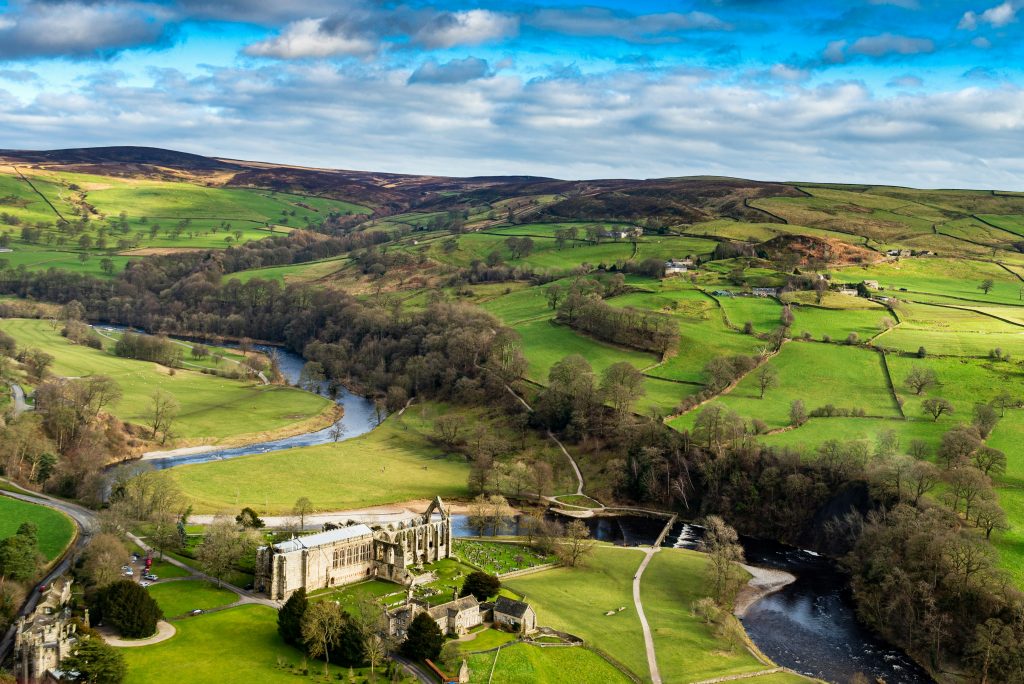In 2023, Munich Re reported that disasters produced overall global losses of roughly US$120bn, of which US$ 62bn was insured. Due to our collective action, we can see a long-term increase in disaster losses globally. Some of the increase is directly down to human decision-making (e.g., more of us want to live in a floodplain) but also because of the wider unpredability and extremity of weather due to Climate Change.
It is imperative to reduce losses from disasters and bend this trend downwards, through more proactive preparation and preparedness. There is a wide range of actions that we can take ranging from traditional “grey” infrastructure (e.g., concrete flood walls) to smaller property-level resilience measures (e.g., changing how you use your home, deploying mobile flood barriers). However, expanding proactive risk reduction and wider adaptation to a changing environment is expensive.
There is a noted financing gap as the public sector can not solely shoulder the burden of such expenditure and there is an increasing role for the private sector to step up and help close this financial gap. Moreover, this financial gap in adaptation expenditure is not the only such gap. There is a similar financial gap for nature conservation, restoration, and protection, where the private sector also has the opportunity to step up and shoulder its responsibility.
Collectively these two gaps could sum to $813bn [Author’s note: it is estimated that reversing the biodiversity crisis may require $598bn, while adaptation finance may require at least $215bn] and it is important to find synergetic uses of our limited resources so that $1 of private sector money spent on nature restoration also acts as $1 spent on disaster risk reduction or adaptation. For this reason, nature-based solutions (NbS) are particularly interesting as they use the services provided by nature to meet human needs. NbS are multi-faceted and provide different sources of value to different people.
These different perceptions of “value” are where we can close this joint financing gap, and provide a major turnaround for nature and disaster risk reduction. Globally we are seeing an uptick in NbS, or wider natural capital, investment prospects, and propositions. For example, within the United Kingdom see, e.g., the work of Nature North developing investable propositions, or the push for Biodiversity Net Gain partially through biodiversity offset credits to create a tangible finance incentive for proactively restoring biodiversity beyond what is expected.
While these examples are from the United Kingdom, they replicate efforts elsewhere on the planet, with the common objective of creating new innovative mechanisms for financing investment in NbS. These innovative mechanisms aim to incentivise the private sector to willingly invest in nature because there becomes a capital revenue stream that can be used to finance debt or provide a return to an investor.
The range of ecosystem services provided by NbS at the same time (e.g., water quality improvements, carbon sequestration, flood risk reduction, biodiversity improvements) can in principle act as diversified sources of revenue from a singular investment. The ability to use these different ecosystem services to create an investable value proposition is the key to unlocking the capital within the global financial system and closing our financial gap towards a more resilient future.
However, some complications and barriers must be overcome first to truly link innovative financial mechanisms to NbS. One of the more important I would argue is the evidence base for the magnitude, reliability, and accuracy of the ecosystem services generated by NbS. The flow of ecosystem services needs to meet a high “burden of proof” that the NbS is indeed providing the ecosystem services expected so that people are willing to put their own money into nature or give up part of their land to host the NbS.
For example, if we look at natural flood management (NFM) as an example of a NbS we can come up with a narrative of co-insisting benefits to convince people to willingly allow their land to be used for this aim but this relies on the conscience of overlapping interests. While a “flood risk credit” (similar to a carbon/biodiversity credit) might be more fungible we need to have validated and monitoring evidence that flood risk has been reduced. Similarly, the other ecosystem service co-benefits that could be provided would need similar indicators that can be measured robustly and reliably to generate a validated baseline of benefits.
Developing a suitable set of indicators that could underpin financial products and investment as an “asset” rather than “liability” sounds easy but is a complex iterative process of finding a set of scientifically meaningful indicators that match the material concerns of investors and corporates without becoming reductive misinterpretations of the environmental change on the ground. We saw this with our efforts to understand the natural financing potential of solar parks and how the natural capital under and in between the solar panels could be both meaningfully and materially measured.
In the Ousewmen project, we are exploring innovative ways that we can close this fundamental information gap to help establish a longer-lasting legacy and vision for the (currently) publicly funded natural flood management. We are exploring ways in which we can define and create the indicator and modeling baseline that is robust and meaningful when combined with the perspective and needs of a range of stakeholders who may seek to help finance future natural flood management if they can be convinced that their money is achieving the impacts that they care about. This is a long process that needs to be driven by the potential participants. So if you would like to take part please let us know!

The author
Paul Hudson is a senior lecturer in Environmental Economics at the University of York (the United Kingdom), has worked on the use of both insurance and Nature-based Solutions. He currently works on the Ousewem project exploring innovative NbS financial mechanisms.

